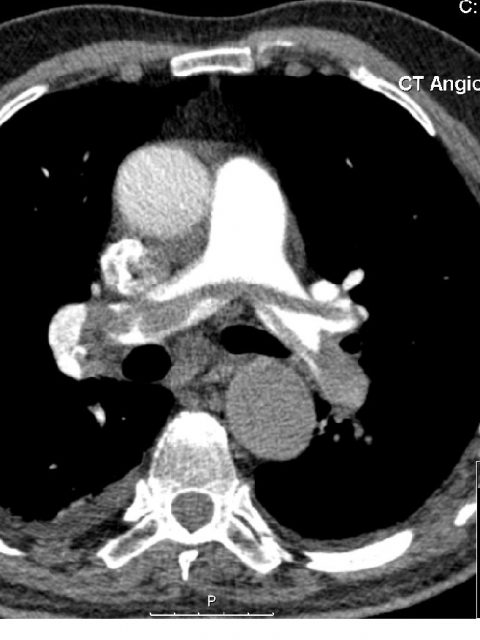Journal Club Summary
Reference: Van der Hulle T, et al. Lancet. 2017 Jul 15;390(10091):289-297.
Methodology Score: 4/5
Usefulness Score: 3.5/5
Questions and Methods: This multicenter trial implemented the YEARS simplified algorithm for suspected PE at 12 Netherlands sites in over 3000 patients.
Findings: The algorithm was safe (0.61% had VTE), and effective at reducing CTPA by 14% when compared to Well’s and traditional D-dimer cut off, and 9% when compared to age-adjusted D-dimer.
Limitations: Clinicians weren’t blinded to the D-dimer result and it was not an exclusively ED population.
Interpretation: The YEARS algorithm for determining need for CTPA is likely safe and effective, however we would like to see another study in an exclusively ED population prior to adopting this practice.
By: Dr. Stephanie Barnes
Epi lesson
Prognosis Articles in Emergency Medicine
Emergency physicians generally do not counsel patients on long-term outcomes. We are, however, concerned about prognosis in several ways. First, we need to know what the short-term outcomes are likely to be for patients with common serious conditions like heart failure, COPD, etc. Risk stratification tools can help us, particularly with regards to disposition and follow-up. Second, we need to know the evidence that a given treatment may lead to better outcomes in the very common situations where there have been no RCTs or an RCT is unlikely to be conducted. For example, many aspects of CPR, particularly by lay Bystanders will be difficult to evaluate by RCTs; in such cases, cohort studies can be useful.
By: Dr. Ian Stiell

